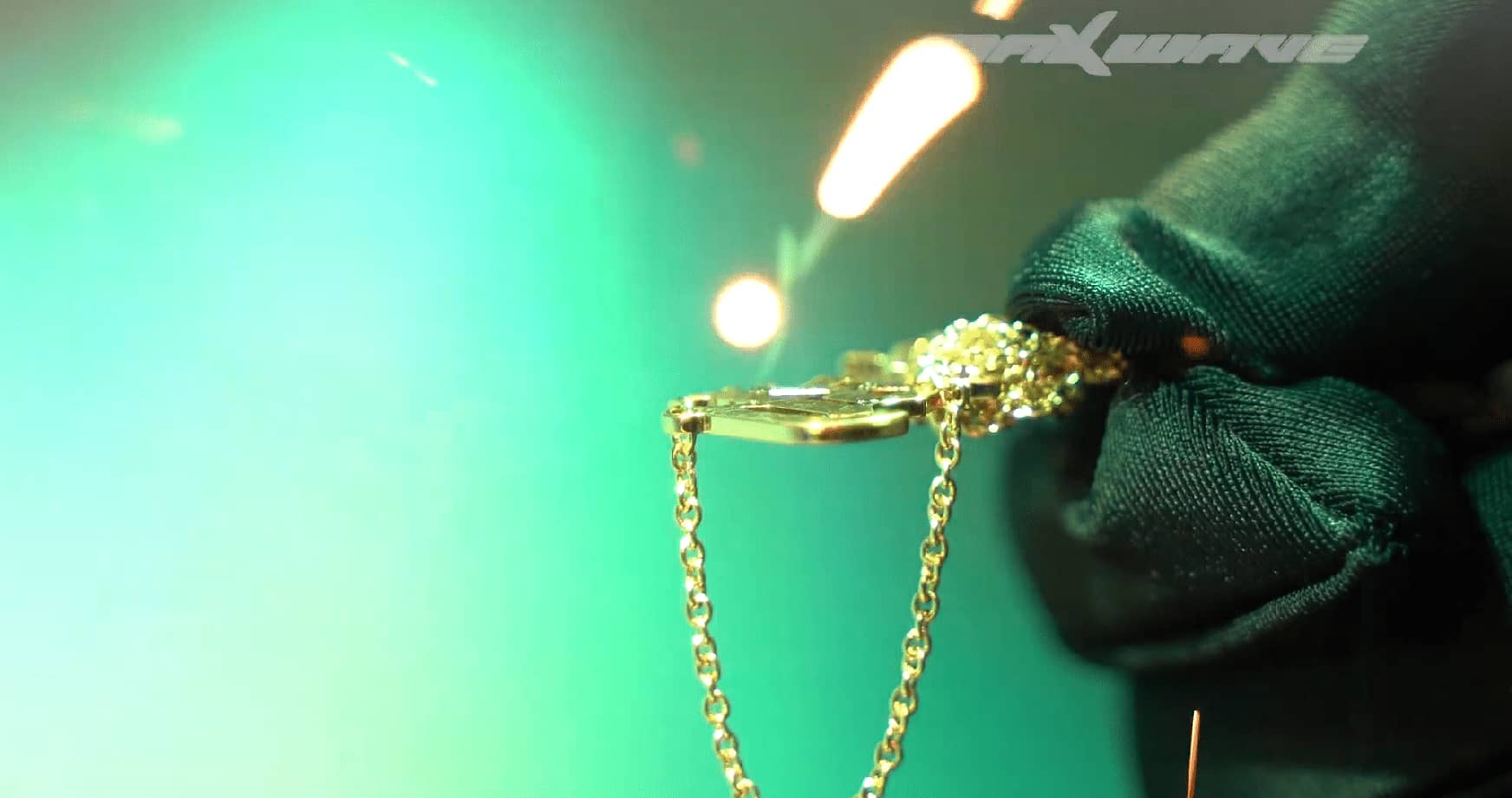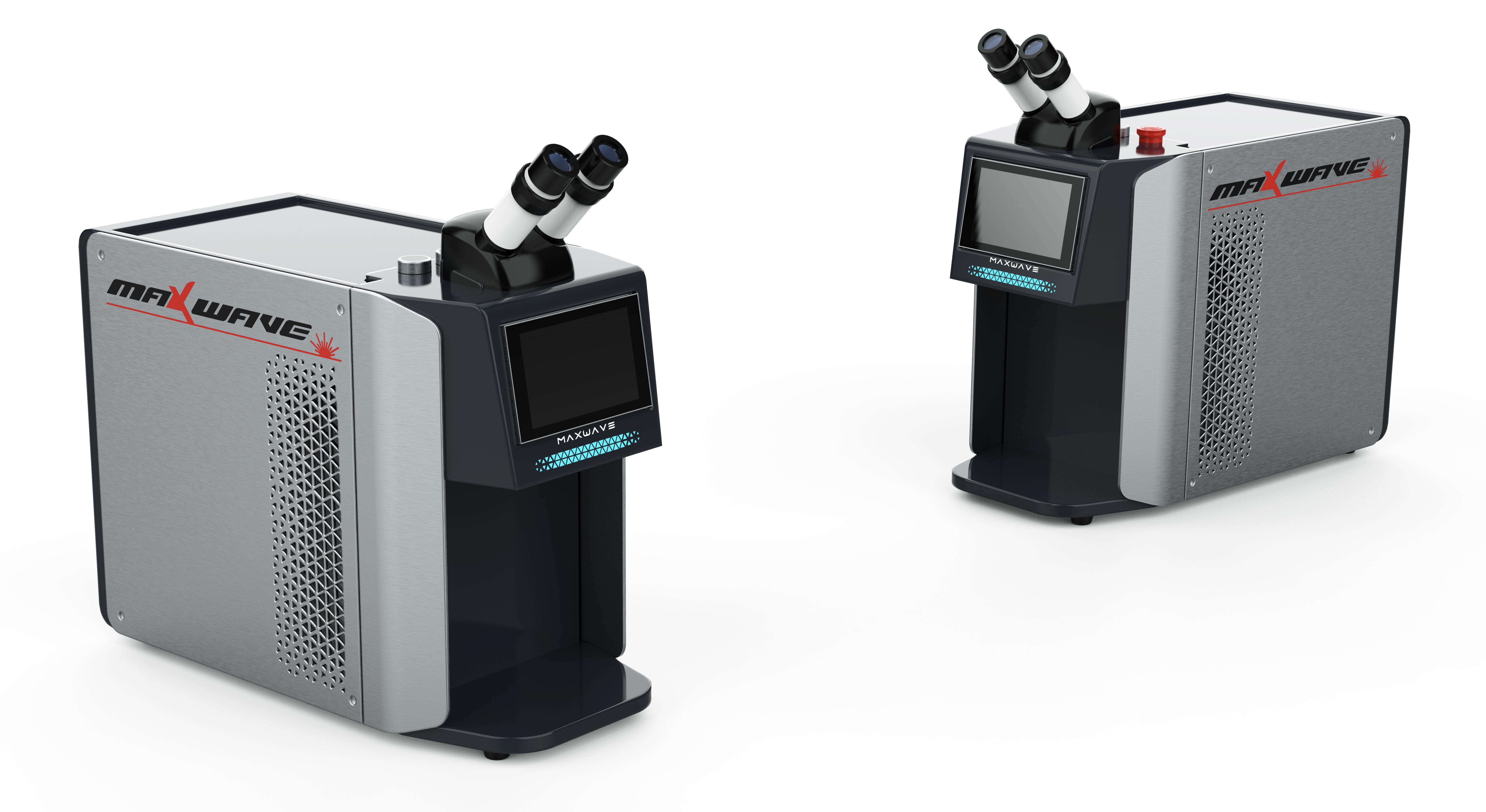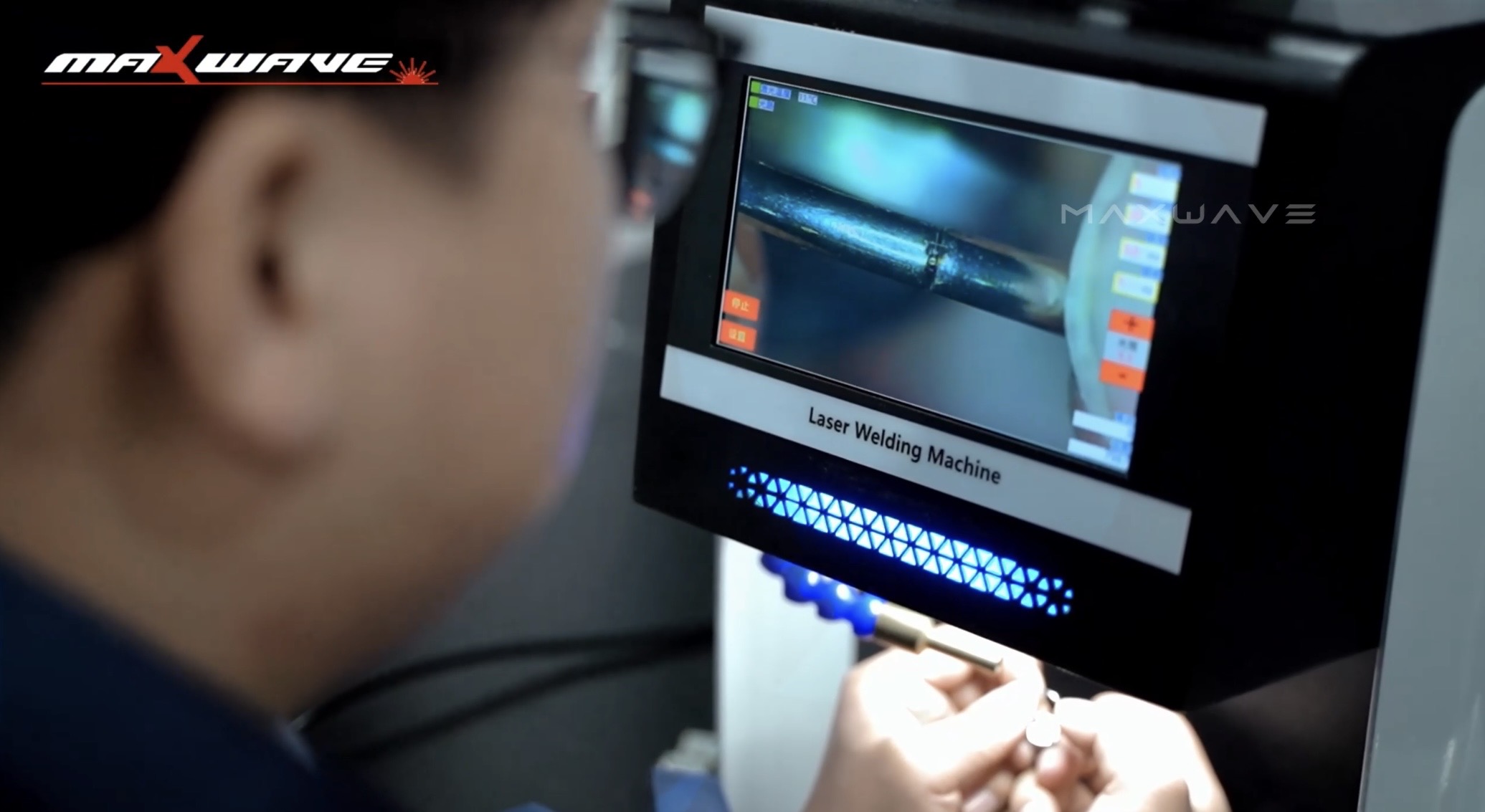Imagine joining a tiny gold chain link or repairing a delicate gemstone setting with perfect precision—no solder mess, no heat damage, just flawless results. That’s what a jewelry laser welder can do. In this guide, I’ll show beginners how to harness this powerful tool, share insider tips from my own experience, and reveal how it can make even the trickiest jewelry repairs and custom designs simple and reliable.
What is a Jewelry Laser Welder?
A jewelry laser welder is a precision tool used to join metals in jewelry making and repair. It directs a focused, high-energy laser beam onto a small area, melting and fusing the metal without overheating surrounding parts or gemstones, making it ideal for delicate and detailed work on fine jewelry pieces.
Advantages of a Jewelry Laser Welder Over Traditional Welding Methods
From my experience, jewelry laser welding machine has clear advantages over old-school welding or soldering. I feel it’s a huge step up.
Superior Precision and Minimal Heat Impact
I find that laser welding gives you amazing precision. The laser beam hits just one tiny spot. This lets me work on thin wires and detailed pieces. I don’t have to worry about heat damaging other parts of the jewelry. I believe this is a big upgrade from regular soldering. With soldering, heat can spread and ruin delicate stones or materials.
Reduced Heat-Affected Zone (HAZ) and Enhanced Safety
A key benefit I’ve noticed is the small heat-affected zone. The jewelry laser welder’s energy stays right where you point it. This means there’s less risk of warping or damaging nearby materials and stones. I also think it makes my workshop safer. The welders create very little smoke or extra heat. This lowers the chance of burns or fires.
Strength, Durability, and Surface Finish
- Stronger Joints: Based on what I’ve seen, laser welding produces incredibly strong joints. They are up to 95% as strong as the base metal. In comparison, they can be up to 260 times stronger than soldered joints. I think this leads to fewer repairs and helps jewelry last longer.
- Smooth Joints: The welds from a laser are almost invisible. They create a seamless look. I recommend this for high-end or custom jewelry where the finish must be perfect. Soldered joints often leave visible seams that need extra finishing work.
Versatility and Non-Invasive Repairs
I recommend jewelry laser welders because they work with so many metals. You can use them on gold, silver, platinum, palladium, and titanium. They are great for welding different metals together. I find soldering just can’t do that as well. Laser welding is also great for repairs. I can fix jewelry without taking the piece apart. This protects delicate and valuable items.
Faster Processing Times and Application Range
In my workshop, laser welding makes repair and creation jobs much faster. I find there’s almost no cleanup needed after the weld. This helps me finish jobs quicker. I use this method for many tasks. These include resizing rings, retipping prongs, and repairing bezel settings. It also works for costume jewelry, eyeglass frames, watch bands, and filling small holes in the metal.
To sum it up, I believe laser welding is a better choice than traditional methods. It gives me more accuracy and a much lower risk of heat damage. The welds are stronger, it works with more materials, and the finish is cleaner. Overall, I find my workflow is faster and safer.
How I Choose the Right Jewelry Laser Welder Model
From my experience, picking the right laser welder for jewelry means thinking about your needs, your shop’s process, and your budget. Let me show you what factors I consider most important:
Power Range
For jewelry work, commonly used laser power ranges from 60W to 200W. Too low power results in slow welding and weak joints, while too high power can damage delicate jewelry parts. Beginners are advised to choose a model with adjustable power to handle different materials and thicknesses.
Microscope System
A high-magnification, clear microscope is essential for precision welding. Systems with crosshairs or high-definition CCD displays help beginners accurately position the weld, reducing errors.
Pulse Parameter Adjustment
Choose a machine that allows independent adjustment of pulse width, frequency, and energy. This flexibility ensures stable and aesthetically pleasing welds across different metals like gold, silver, and platinum.
Productivity and Ease of Use
- I’ve found features like touchscreens, camera assistance, spot position adjustment, and intensity controls are huge helps. They make my work simpler and more accurate. Many pro-level welders can run continuously with air cooling. They often have lifespans of over 100,000 hours. I like welders with simple controls. It means my team and I can learn to use them fast. This cuts down on training time and errors.
Size, Price, and Durability
- Compact benchtop models: I think these are great for smaller shops. Some examples I’ve seen are the MaxWave ($3,300), MiDi ($7,500), and Neutec ($7,995).
- Mid- to high-end machines: These offer more power and flexibility for tougher repairs, but they need more space.
Based on what I’ve seen, entry-level models are around $3,200–$4,900. From my experience, most new welders are tough and don’t need much upkeep. You won’t have to change parts often.
Popular Models in 2025
- MaxWave MW-QW200: A model I like is the MaxWave MW-QW200. It has a lot of power (up to 100J per pulse). I find it works on gold, silver, platinum, and titanium.
- WTTTOOLS Jewelry Laser Welder 150W: This is another solid option. It is a good choice for precious metals (up to 150W, 40J energy).
- Sunstone Orion LZR35: I recommend this for shops that need more power but aren’t ready for a high-end machine.
Choose a model suited to your metals, with strong power, precise control, reliable cooling, and easy maintenance. Small shops do well with compact units, while larger or advanced jobs benefit from higher-power machines with more settings and durability.
Basic Operation Steps for Jewelry Laser Welding
To get clean and strong results, here are the basic steps I follow when I use my jewelry laser welder:
1. Setup and Machine Preparation: I start by installing key components like the microscope, connecting water pipes, the foot switch, and power cable. Then I fill the chiller with distilled water to keep the machine cool and ready for use.
2. Jewelry Positioning and Cleaning: I place the jewelry in the welding chamber, align it using the microscope, and clean the surface to remove dirt, grease, or oxides. For metals like silver, lightly roughing the weld area helps achieve a stronger bond.
3. Defining the Weld Area and Settings: I mark the welding spot for precision and adjust laser settings such as power, pulse frequency, focus, and duration. Power and pulse vary depending on the metal, and I focus the beam to under 1 mm for accurate welds.
4. Welding Process: I fire the laser with a foot pedal or hand trigger, sweeping steadily across the weld area while monitoring through the microscope or CCD system. Even heat and short pulses protect delicate parts and ensure a clean weld.
5. Cooling, Inspection, and Finishing: After welding, I let the joint cool, inspect for weak spots or pores, and re-weld if needed. The laser creates a tidy joint, so only minimal polishing or grinding is required.
6. Fine-Tuning and Shutdown: I save settings for repeat jobs and always test on scrap metal first. When finished, I shut down the machine safely, drain the water if necessary, and store all components properly.
Maintenance & Safety for Jewelry Laser Welders
Laser jewelry welder maintenance and safety are crucial for keeping your machine running smoothly and protecting your workshop. From my own routine, here’s what matters most:
Essential Maintenance Steps
Optics Care & Cleaning: Clean the laser lens monthly with a microfiber cloth and manufacturer-approved cleaner. Check mirrors and focus lenses weekly for dust or damage, and keep spares on hand.
Control Components Inspection: Daily, ensure pedals, buttons, dials, and switches work smoothly, and inspect cables and connectors for wear or damage.
Exterior & Interior Cleaning: Wipe the machine’s exterior with a lint-free cloth and use a dry air blower on internal components after cooling to prevent dust buildup.
Cooling System Upkeep: Monitor coolant levels, filters, and reservoirs weekly, cleaning or replacing them as recommended to prevent overheating and extend machine life.
Electrical Connection Checks: Weekly, ensure all electrical connections are tight and corrosion-free to avoid malfunctions.
Safety Best Practices
– Always follow the manufacturer’s safety guidelines for operation and maintenance.
– Wear appropriate eye protection and avoid looking directly at the laser beam.
– Ensure the work area is dry and free from flammable materials.
– Never operate the laser if any panels are removed or if safety interlocks are bypassed.
– If you notice odd noises, overheating, or inconsistent welds, power down and inspect your welder before continuing.
Consistent maintenance and smart safety habits not only improve your laser welder’s life but also keep your workshop safe and efficient. In my experience, a well-maintained machine gives cleaner welds, reduces costly breakdowns, and helps you deliver better work to your clients.
Summary
With a jewelry laser welder in your workshop, you’re not just repairing or creating—you’re elevating your craft. From flawless, invisible welds to faster, safer, and more precise work, this tool transforms ordinary projects into professional-quality pieces. Whether you’re a hobbyist or a small business owner, investing in a laser welder opens the door to endless creative possibilities and higher-value jewelry. Don’t just imagine perfect results—make them a reality. Want to know more? Our team is ready to help you choose the ideal jewelry laser welder.




